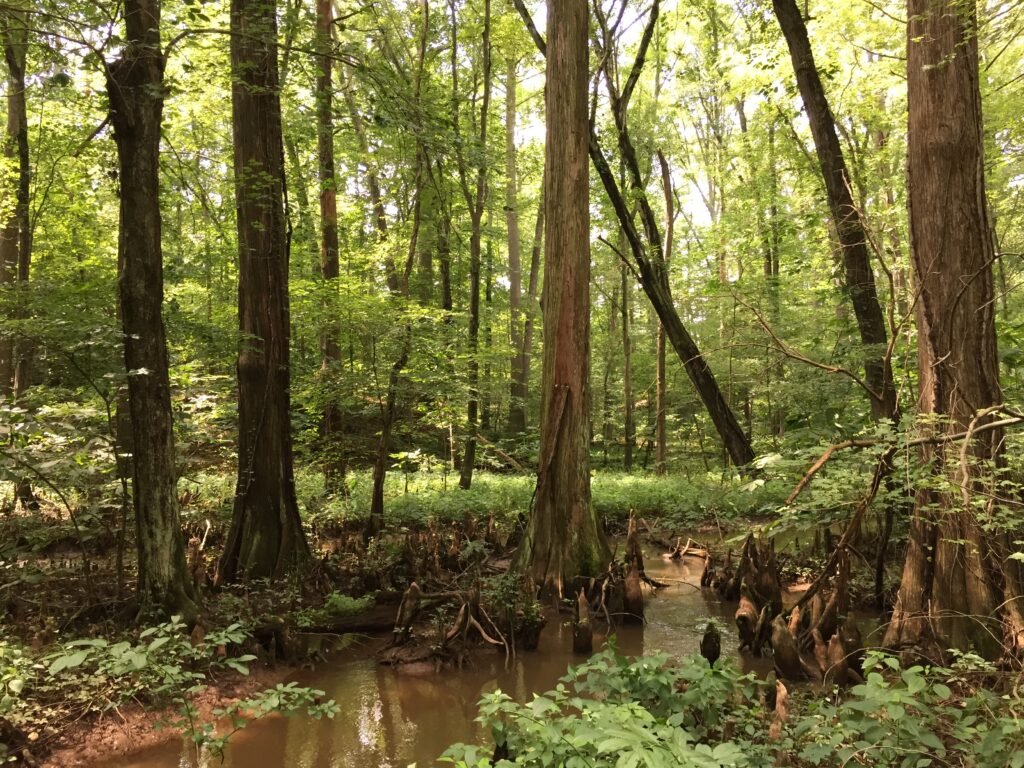A single tree, rooted in ancient time, whispering secrets beneath the soil—sounds like the start of a fantasy novel, doesn’t it? But this story is astonishingly real. Deep in the world’s cold, windswept forests stands a tree so old, so quietly powerful, that it has watched entire civilizations rise and fall. What’s even more mind-blowing? This ancient being doesn’t stand alone. Hidden from our sight, it reaches out to its own clones through a vast, living web underground. This isn’t magic—it’s nature’s own communication network, and it’s rewriting everything we thought we knew about the silent lives of trees.
The Ancient Sentinel: Meet the Oldest Living Tree
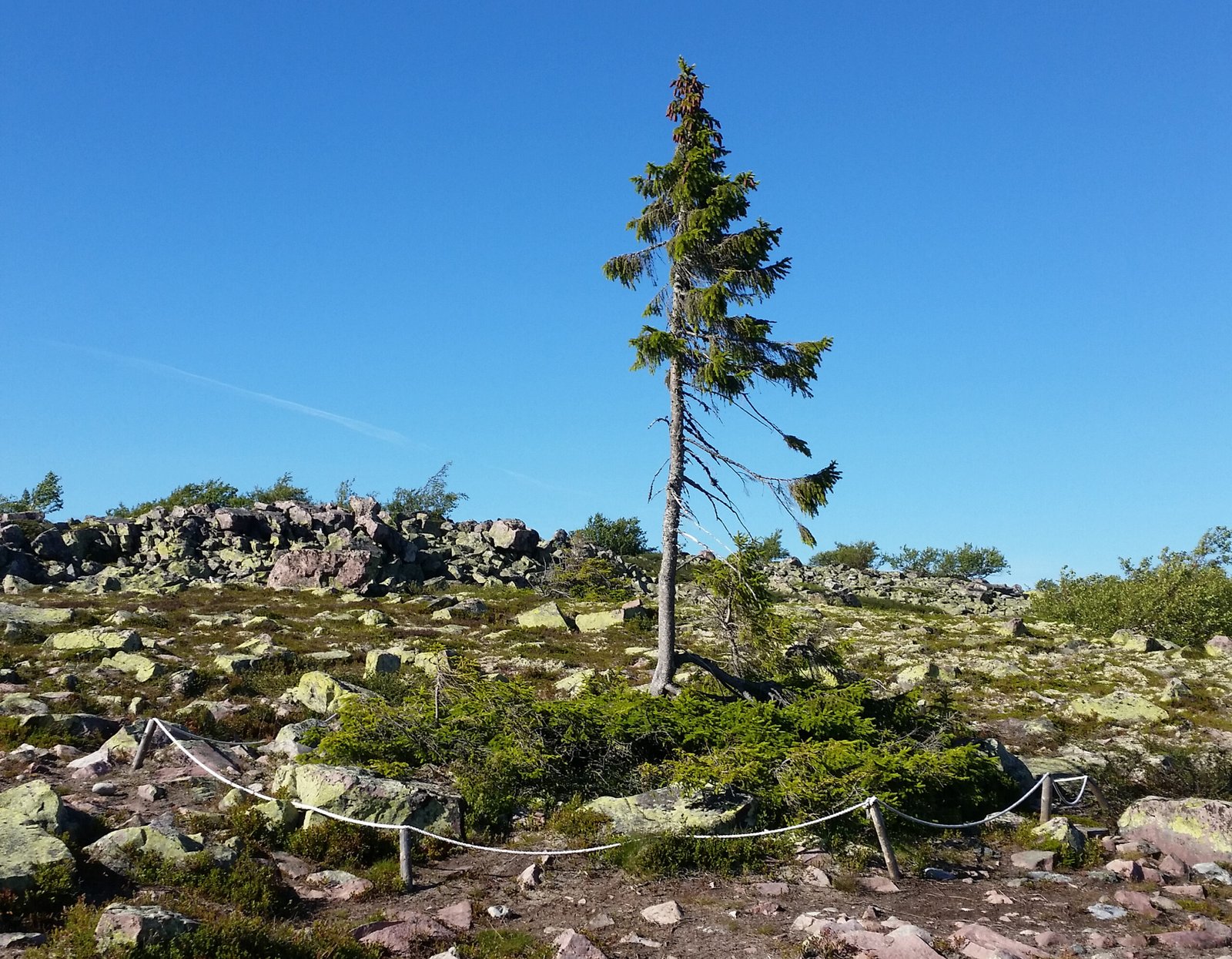
Imagine a tree so ancient that it sprouted before the pyramids were built. Known as “Old Tjikko,” this Norway spruce in Sweden is over 9,500 years old. It silently witnessed the last ice age recede. While its trunk is younger, the root system has been continuously alive for millennia, thanks to a process called clonal reproduction. This tree’s resilience is not just a testament to endurance, but to the subtle genius of nature’s design. The idea that a single root network can persist for nearly ten thousand years is humbling and awe-inspiring.
Clonal Armies: How Trees Copy Themselves
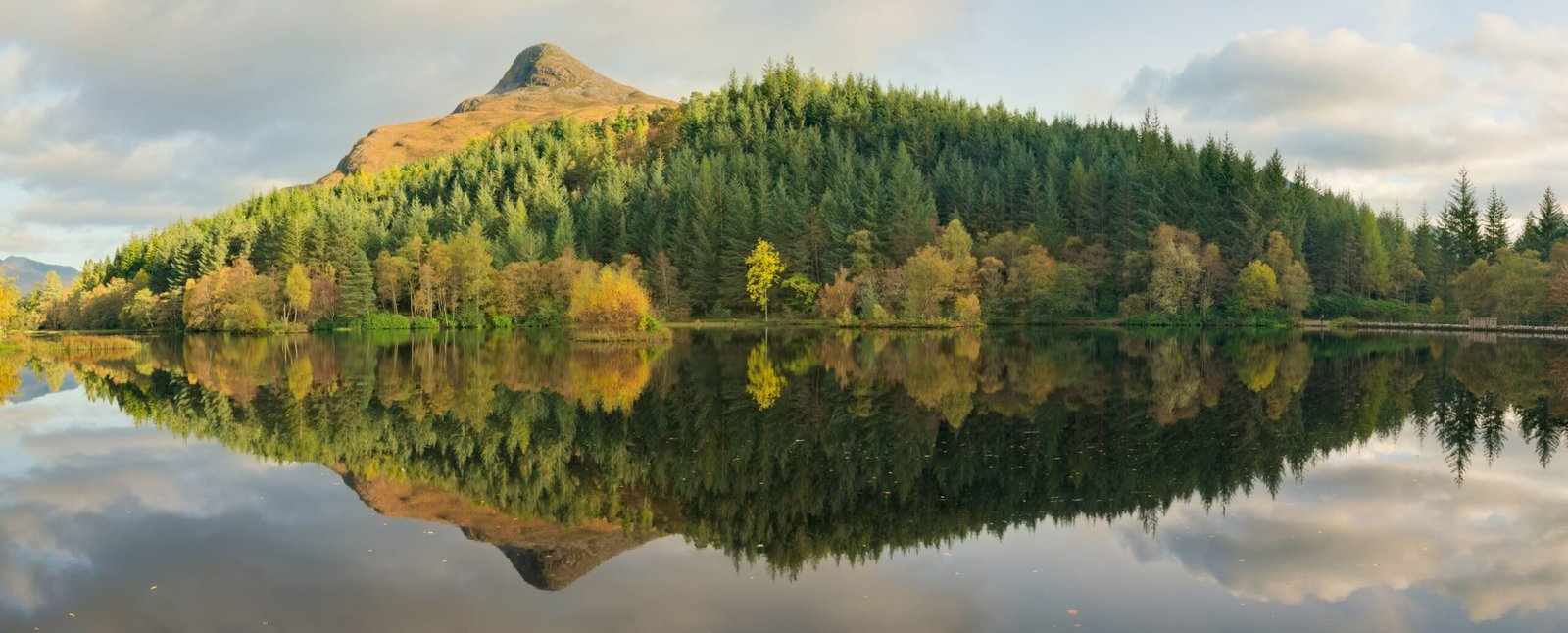
Clonal reproduction is like a natural photocopier for trees. Instead of just dropping seeds, some trees create genetic duplicates—clones—by sprouting new trunks from their root systems. Old Tjikko isn’t one tree, but a colony of genetically identical stems sharing one ancient root. This strategy helps trees survive harsh conditions, regenerate after disasters, and essentially become immortal as old trunks die and new ones rise. It’s a survival trick that rivals anything in science fiction.
The Hidden Web: Mycorrhizal Fungi Explained
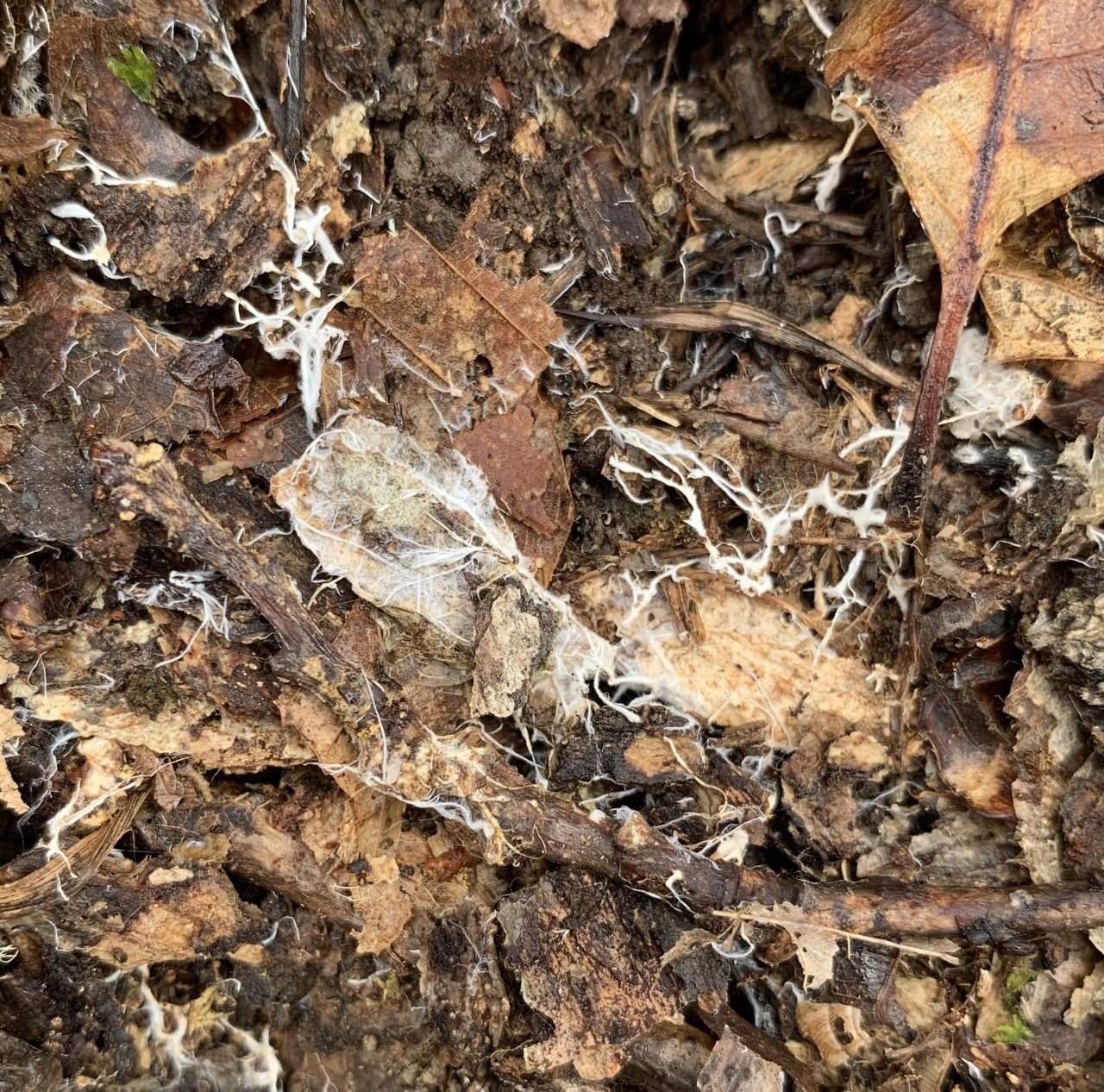
Underground, trees are not alone. Their roots are entwined with a vast network of fungi called mycorrhizae. These fungi act like nature’s internet, connecting trees to each other. Through this symbiotic relationship, trees and fungi trade nutrients: the trees provide sugars, while the fungi bring water and minerals. What looks like a single tree above ground is often part of a much bigger family, linked by these fungal threads that stretch for miles.
The Wood Wide Web: Communication Beneath Our Feet
This “Wood Wide Web” is where the real magic happens. Trees send signals through the fungal network, warning each other about drought, disease, or insect attacks. If one part of the clonal colony faces trouble, it sends chemical messages underground, prompting others to bolster their defenses. Scientists have even found that trees can share resources, sending extra nutrients to struggling neighbors. It’s a silent, but powerful, form of community.
Tree-to-Tree Talk: How Signals Are Sent

Signals travel as pulses of chemicals or even as tiny electrical impulses. For example, when a tree is attacked by pests, it releases distress chemicals into the soil. The fungi pick up these signals and pass them along to other nearby trees, often clones from the same root system. The “listening” trees may then increase their own production of protective chemicals. This underground chatter is both astonishingly complex and vital for the survival of ancient forests.
Clonal Colonies: The Power of Many in One

Clonal colonies like Old Tjikko aren’t rare. There’s also Pando, a colony of quaking aspens in Utah, considered the world’s largest organism by mass. These colonies stretch for acres, all connected by a single root system. Each trunk you see is just one “mouth” to the underground “body.” Communication between clones ensures the survival and health of the whole colony, making them both ancient and remarkably robust against environmental challenges.
Surviving Millennia: Secrets of Tree Longevity
What lets these ancient trees endure for thousands of years? It’s not just luck. Their ability to clone themselves and communicate underground makes them adaptable in a way that few living things can match. When one trunk dies, another springs up, carrying the genetic torch forward. The underground network allows the colony to respond to threats as a unit, rather than as individuals. It’s a living lesson in resilience—and teamwork.
Underground Allies: Fungi as Tree Helpers
Fungi are the unsung heroes in this story. Not only do they connect trees, but they also protect them. Some fungi help trees absorb more water and nutrients. Others can even defend against harmful bacteria and soil pathogens. Without their fungal partners, these ancient trees might never have survived the harsh climates and shifting environments of the past ten thousand years.
Nature’s Network: Comparing Forests to the Human Brain
If you think of a forest’s underground network like a brain, you wouldn’t be far off. Scientists now understand that trees use this network to share information, make decisions, and even “learn” from past encounters. It’s a kind of intelligence—not the same as ours, but just as fascinating. This challenges the traditional idea of plants as passive life forms, instead painting them as active participants in their environment.
Signals in the Dark: How Scientists Discovered Tree Communication
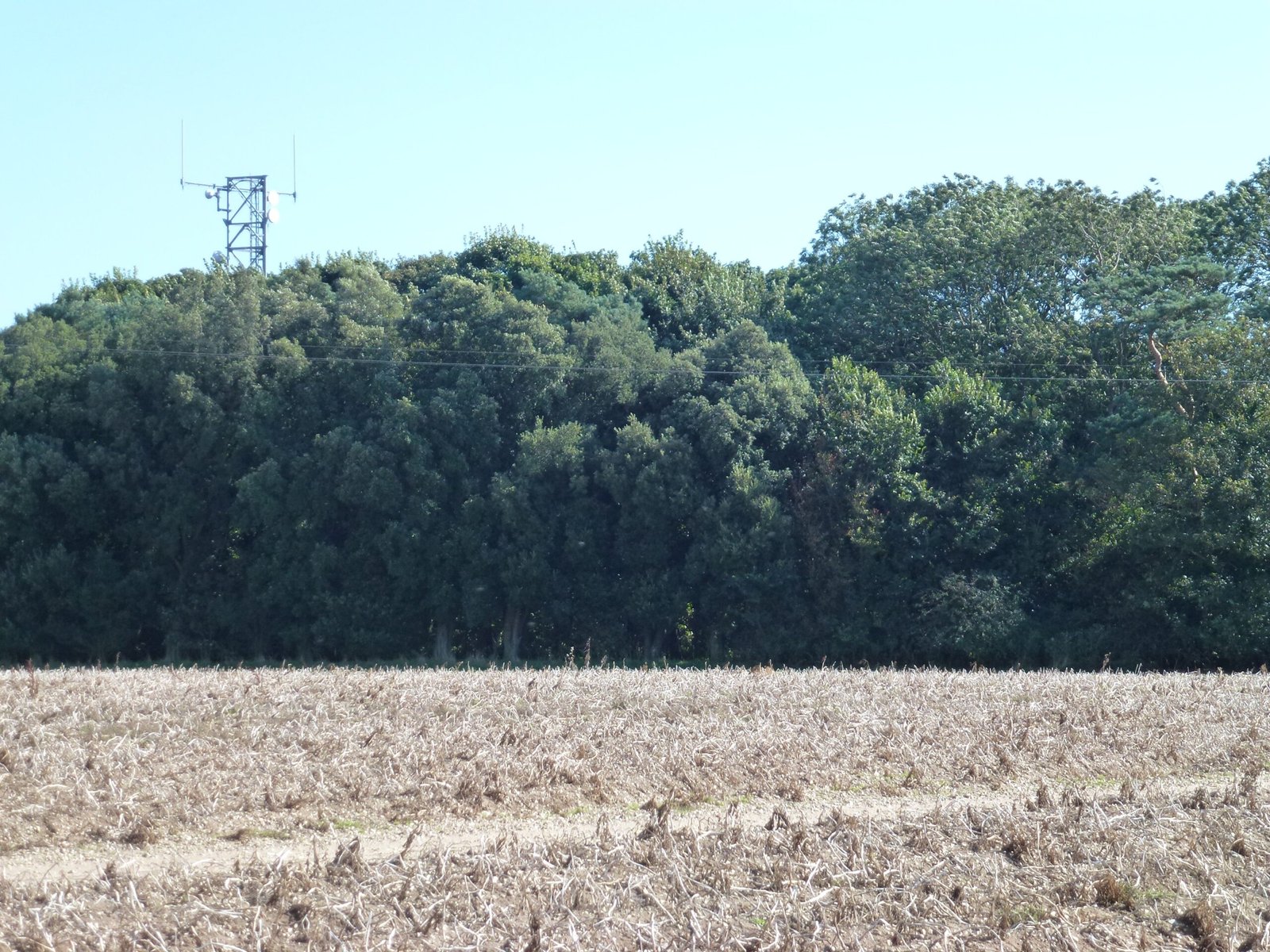
For decades, people dismissed the idea that trees could communicate. But careful experiments have revealed the truth. By tracing isotopes or colored dyes through fungal networks, researchers watched as nutrients and signals moved from one tree to another. Sensitive equipment even picked up faint electrical signals—like whispers in the dark soil. These discoveries have revolutionized our understanding of forests.
Threats to the Ancient Network
Sadly, this ancient communication network isn’t invincible. Logging, climate change, and soil pollution threaten to break the connections between trees and fungi. When the network is fragmented, trees lose their ability to share information and resources. This makes entire forests more vulnerable to disease, drought, and other stresses. Protecting these underground webs is as important as conserving the trees themselves.
Lessons from the Oldest Trees
Ancient clonal trees teach us about patience, resilience, and the power of connection. Their survival isn’t just about standing alone, but about reaching out—literally—to others. These trees remind us that strength comes from community, and that the most important relationships are often the ones we cannot see. Their story encourages us to look deeper, to value the hidden webs that support life.
Mirroring Human Communities
There’s something deeply human about the way these trees live. Just as we rely on families, friends, and networks, ancient trees depend on their clones and fungal allies. It’s a reminder that survival, whether in forests or in cities, is a group effort. The way these trees share resources and defend each other feels almost like a natural version of looking out for your neighbors.
Modern Science Meets Ancient Wisdom
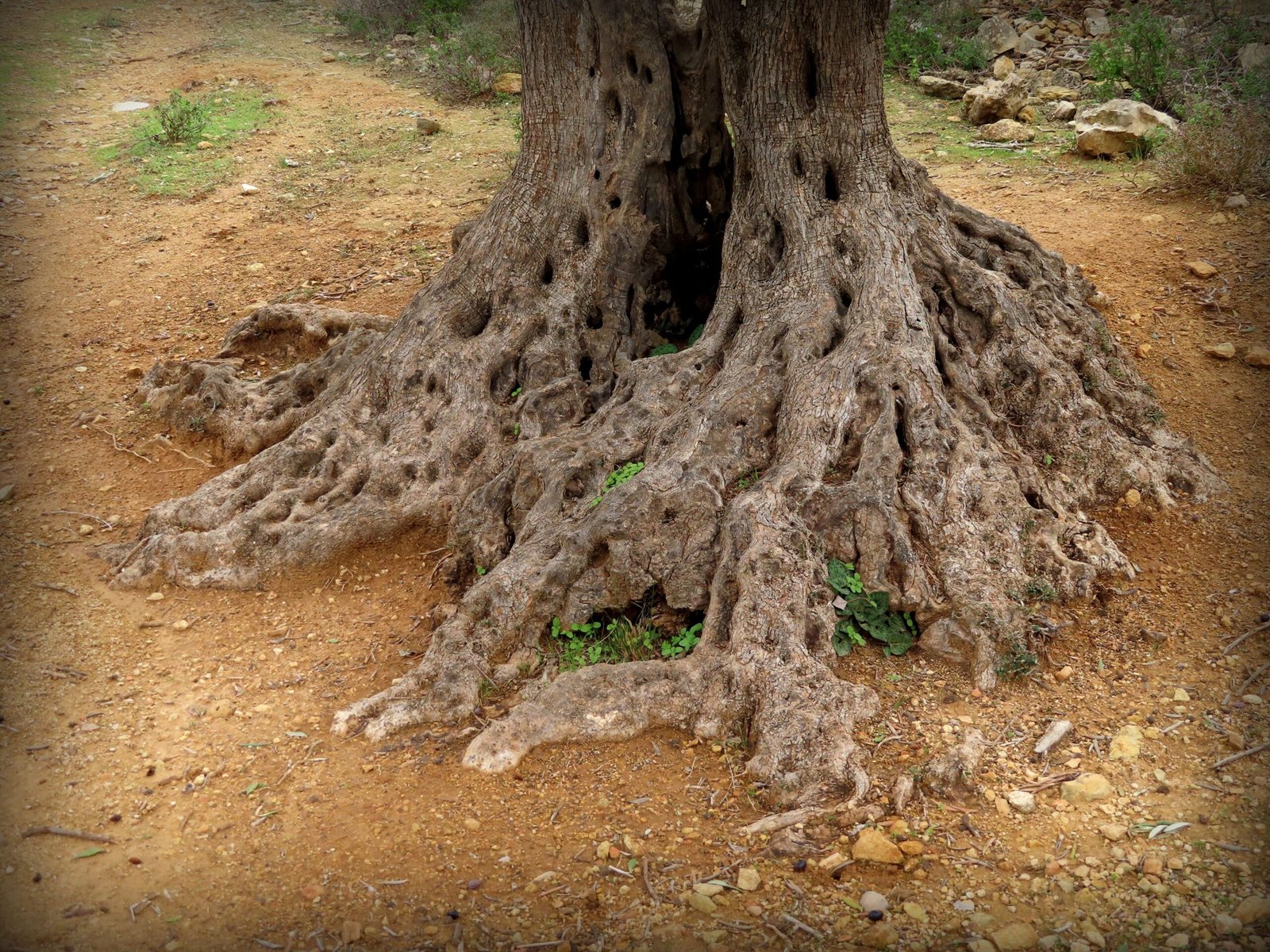
The study of these old trees and their networks is a thrilling frontier for biologists. New technologies, like DNA sequencing and advanced soil sensors, are helping us uncover the secrets of this underground world. Every new discovery brings us closer to understanding how life on Earth is interconnected, from the oldest trees to the youngest seedlings.
Can Trees Remember? The Mystery of Plant Memory
Some scientists believe that trees might even “remember” past threats and respond more quickly to future dangers. This is called “priming,” and it’s like having a memory stored in the roots. For example, if a part of the colony survives a drought, it may share that experience chemically with other stems, preparing them for hard times ahead. It’s an idea that blurs the line between plant and animal intelligence.
Echoes Through Time: What Ancient Trees Have Witnessed

Think about what a tree like Old Tjikko has seen. It sprouted when mammoths still roamed northern Europe, lived through the rise of agriculture, and stood silent during the birth of modern science. Its underground network has absorbed the echoes of centuries, quietly adapting to each new challenge. These trees are living witnesses to history, with stories written not in words, but in roots and rings.
The Future of Tree Communication
As climate change accelerates, understanding how trees communicate and cooperate is more important than ever. Scientists hope that by studying these networks, we can learn how to make forests more resilient. There’s even talk of using this knowledge to design better networks for our own technology—nature as the ultimate engineer.
Why This Story Matters to Us All
The story of the oldest living tree and its clones isn’t just about botany—it’s about the invisible threads that connect all life. Whether you’re a scientist, a hiker, or just someone who loves a shady park bench, the survival of these ancient networks touches us all. The wisdom of the forest runs deeper than we ever imagined.
What Can We Do to Help?
Protecting these ancient networks starts with awareness. Avoid disturbing old forests, support conservation efforts, and spread the word about the hidden life beneath our feet. Every small action, from planting native trees to reducing pollution, helps keep nature’s underground network thriving for generations to come.

